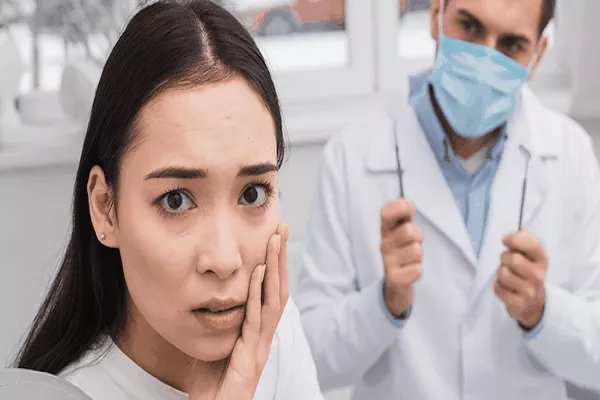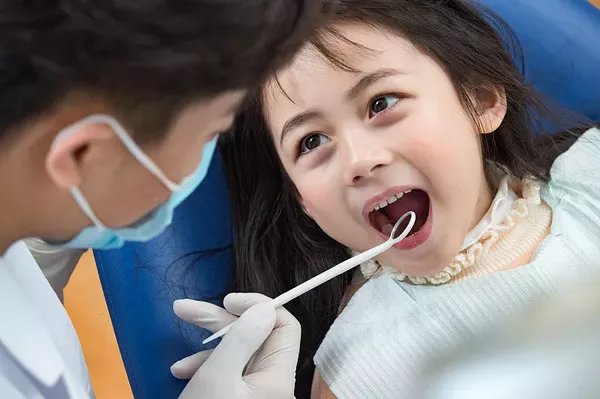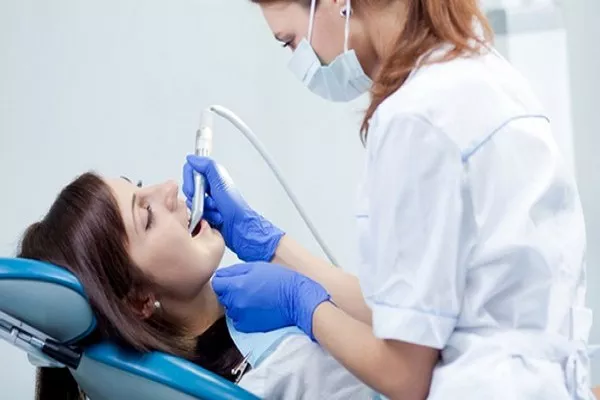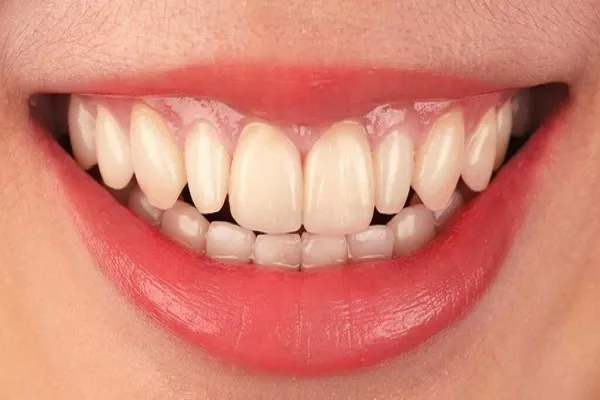In the dynamic field of dentistry, orthodontics stands out as a transformative branch dedicated to enhancing smiles and promoting optimal oral health. From traditional braces to modern innovations like Invisalign, orthodontic treatments have evolved significantly. In this comprehensive guide, we’ll delve into the intricacies of orthodontics, exploring its benefits, treatment options, and the impact it can have on overall oral well-being.
Understanding Orthodontics: A Smile’s Architect
Orthodontics is a specialized field of dentistry focused on correcting misalignments and irregularities in the teeth and jaws. Beyond mere cosmetic improvements, orthodontic treatments contribute to functional enhancements, ensuring a harmonious relationship between teeth and jaws.
Misaligned teeth can lead to various issues, such as difficulty in cleaning, increased risk of gum disease, and even jaw pain. Orthodontists are trained to diagnose these problems and develop personalized treatment plans to address them effectively.
The Evolution of Orthodontic Treatments: Beyond Traditional Braces
Traditional metal braces have long been synonymous with orthodontic treatment. These braces use brackets and wires to gradually shift teeth into their desired positions. Despite their effectiveness, advancements in orthodontics have given rise to more discreet and comfortable options.
Invisalign, a revolutionary clear aligner system, has gained immense popularity. These virtually invisible aligners offer a more aesthetically pleasing alternative to traditional braces. Invisalign aligners are removable, making oral hygiene maintenance more manageable for patients.
Benefits Beyond Aesthetics: The Impact on Oral Health
Orthodontic treatments extend beyond achieving a beautifully aligned smile. Properly aligned teeth contribute to improved oral hygiene by reducing the chances of plaque buildup and making brushing and flossing more effective.
Correcting misalignments can alleviate issues like uneven wear on teeth, jaw pain, and discomfort while chewing. These improvements, in turn, contribute to the longevity and health of one’s natural teeth.
Orthodontics and Its Influence on Overall Well-Being
Research indicates that a straight and healthy smile can have positive psychological effects, boosting self-esteem and confidence. The social implications of an attractive smile should not be underestimated, as individuals with well-aligned teeth often feel more comfortable and confident in social interactions.
Additionally, orthodontic treatments contribute to the prevention of long-term dental issues, potentially saving patients from more extensive and costly dental procedures in the future.
Choosing the Right Orthodontic Treatment: Personalized Care for Every Smile
When considering orthodontic treatment, it’s crucial to consult with an experienced orthodontist who can assess individual needs and provide personalized recommendations. Factors such as the severity of misalignment, age, and lifestyle preferences play a role in determining the most suitable treatment plan.
Traditional braces remain a reliable option for many, while Invisalign appeals to those seeking a more discreet and flexible approach. The orthodontist’s expertise ensures that the chosen treatment aligns with the patient’s goals and lifestyle.
Maintaining Results: Post-Treatment Care and Retention
Once the active phase of orthodontic treatment concludes, maintaining the results becomes paramount. Retainers, whether removable or fixed, are often prescribed to ensure the teeth remain in their corrected positions.
Regular follow-up appointments with the orthodontist allow for the monitoring of progress and adjustments if necessary. Adhering to post-treatment care instructions is crucial for preserving the benefits of orthodontic intervention over the long term.
Conclusion:
In conclusion, orthodontics is a multifaceted field that goes beyond the aesthetics of a straight smile. Its impact on oral health, overall well-being, and the availability of diverse treatment options make it a pivotal aspect of modern dentistry. Whether opting for traditional braces or embracing the discreet allure of Invisalign, individuals can embark on a journey towards a healthier, more confident smile under the expert guidance of orthodontic professionals.
Related Links:
Does brace change your face shape?
How to clean orthodontic retainers?
Why do dentist put rubber bands between teeth?
































